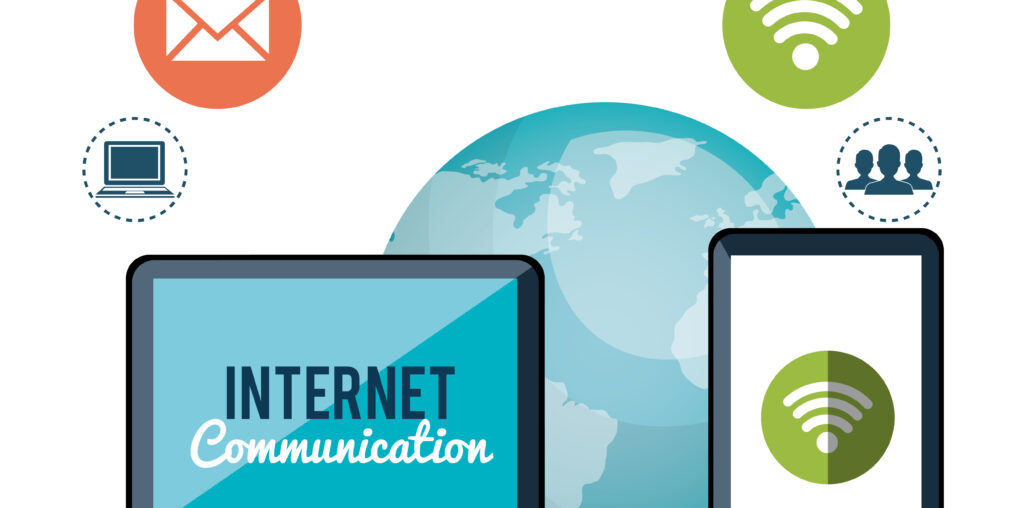SIP trunking or Session Initiation Protocol calling sends voice calls via a SIP channel. A SIP channel is a virtual line on the internet and enables you to call without any use of older telephone lines. Because it’s all internet, you can even use multiple IP addresses.
The best part of SIP calling is that you can make live calls over the Internet using your current setup. Depending on your SIP provider, you can use different channels of communication.
How Does a SIP Call Work?
As we mentioned earlier, SIP functions slightly differently from traditional phone calls. For instance, traditional calls consist of three main parts:
- PBX (Private Branch Exchange): The on-premises system manages your calls.
- PRI (Primary Rate Interface) lines connect the call to the PSTN.
- PSTN (Public Switched Telephone Network): The network routes calls to their destinations.
SIP call on the other hand, eliminates the need for PRI lines. Instead, a phone line using the SIP protocol is installed over your internet connection. The SIP channel then connects your PBX to the PSTN via the internet, bypassing the PRI lines.
The Benefits of SIP Calling
Cost-effective Communication:
To expand your traditional landline system, you must pay substantial installation fees. Even if everything works perfectly, you will still have to part with a sizable sum.
Easy Scalability: Most businesses are skeptical about switching to SIP because they fear it will hamper their future expansion.
Flexibility And Productivity :
- Stable internet connection (data Wi-Fi, etc)
- Suitable device (mobile, desktop, laptop, etc.)
- Strong network connection
Excellent User Experience:
It can manage your phone system, including call routing, call forwarding, call recording, Wi-Fi calling etc. It’s a user-friendly way to run your company’s communication system.
As we can see, maintaining an old telephone system can be expensive. SIP calling is a viable alternative to PRI technology. If you already have a PBX, you can easily transition your entire company’s communication to SIP.
Do you want to explore the sip software Click Here



